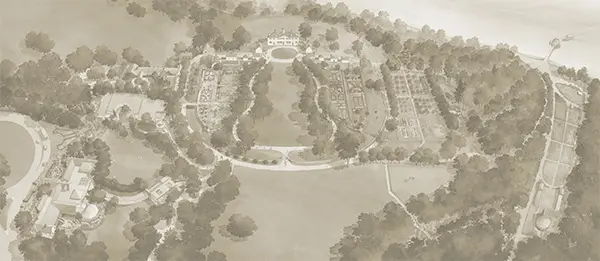Lombardy poplar is best suited as a street tree or short-lived privacy screen. It is very fast-growing to approximately 40 feet.
Latin Name
Populus nigra 'Italica'
Family
Salicaceae
Also Known As
Black Poplar
Type of Plant
Bloom Season
March - April
Seasons
Specifications
Uses
Sunlight Exposure
Colors
Native Range
Europe, northern Africa, western Asia
History
On October 14, 1792, Washington instructed his farm manager, Anthony Whitting, to have the gardeners "plant cuttings of the Weeping Willow, yellow willow, or Lombardy Poplar" to create living fences. The shrinking availabiliy of timber with which to make rail fences caused him to turn to live hedges, which could be started with fast-growing Lombardy poplar and willows, while slower growing cedars and locusts would eventually take over. Unfortunately, and with great disappointment, he never succeeded due to various setbacks.
Other Details
Planted at Mount Vernon



Hardiness Zones
















Average annual extreme minimum temperature 1976-2005















Bartlett Tree Expert Company has been working with Mount Vernon Estate since 2011 providing expert arboricultural care and GPS mapping for the estate’s historic trees, as well as support from their research facility. Mount Vernon is proud to partner with Bartlett Tree Experts and appreciates their sponsorship of George Washington’s Mount Vernon Plant Finder App.
Bring Washington's Garden Home
Purchase our historic seeds, collected from plants grown at Mount Vernon and plant them in your own garden.
Shop Now

